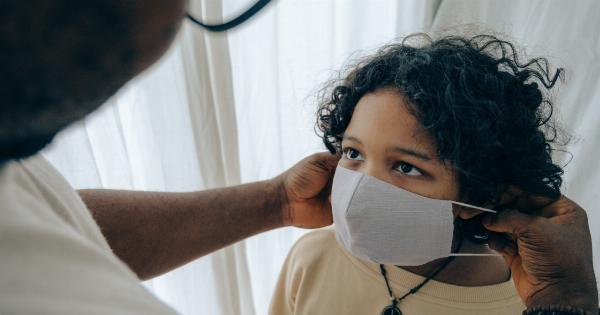Otitis Media, commonly known as an ear infection, is a common childhood illness that can cause discomfort and pain. It is a condition in which the middle ear becomes inflamed, leading to fluid buildup and pressure on the eardrum.
As a parent, you may be worried about your child’s ear infection, but with proper care and management, the condition can be treated effectively.
In this comprehensive guide, we will cover everything you need to know about otitis media, including its causes, symptoms, diagnosis, treatments, and prevention.
Causes of Otitis Media
The middle ear is connected to the back of the throat through a small tube called the Eustachian tube. When this tube becomes blocked or swollen, it can lead to fluid accumulation in the middle ear, resulting in inflammation and infection.
The most common cause of otitis media is a viral respiratory infection, such as the common cold. Bacteria can also cause ear infections, usually following a viral infection. Other factors that can increase the risk of developing an ear infection include:.
- Age (children under age 2 are more prone to infections)
- Daycare attendance
- Nasal allergies
- Exposure to tobacco smoke
- Cleft palate or other structural abnormalities in the ear
Symptoms of Otitis Media
The symptoms of an ear infection can vary depending on the severity and location of the infection. Common signs and symptoms include:.
- Pain in the ear (especially when lying down)
- Difficulty sleeping
- Fever
- Drainage of fluid from the ear
- Loss of appetite
- Irritability or fussiness
- Difficulty hearing
- Dizziness or balance problems
If your child is experiencing any of these symptoms, it is essential to consult a doctor. A doctor will examine your child’s ear using an otoscope to check for signs of inflammation and infection.
Diagnosis of Otitis Media
If your child’s doctor suspects an ear infection, they may perform a hearing test to evaluate their hearing. A hearing test can determine if the infection has caused any hearing loss.
The doctor may also order a tympanogram, which measures the pressure in the middle ear. A tympanogram can help determine if there is fluid buildup in the middle ear.
The doctor may also perform a culture of any fluid that is draining from the ear to identify the bacteria causing the infection.
Treatment of Otitis Media
The treatment for otitis media depends on the severity of the infection. For mild cases, the doctor may recommend watchful waiting, during which the infection is monitored to see if it resolves on its own.
Pain management with over-the-counter pain relievers like acetaminophen or ibuprofen can help relieve ear pain and fever.
If the infection does not resolve on its own within a few days, or if your child is experiencing severe symptoms, the doctor may prescribe antibiotics.
Antibiotics are only effective against bacterial infections, so if the infection is caused by a virus, antibiotics will not be helpful.
In some cases, particularly in children with recurrent ear infections, the doctor may recommend the insertion of tympanostomy tubes.
These tubes are inserted through a small incision in the eardrum to help ventilate the middle ear and prevent fluid buildup.
Prevention of Otitis Media
There are several steps you can take to help prevent your child from developing an ear infection. These include:.
- Washing your hands frequently
- Keeping your child away from people who are sick
- Maintaining up-to-date vaccinations
- Reducing exposure to tobacco smoke
- Breastfeeding for the first six months of life
- Avoiding bottle propping during feeding
Your child’s doctor may also recommend getting the pneumococcal conjugate vaccine (PCV13). The PCV13 vaccine can help protect against the bacteria that commonly cause ear infections.
Conclusion
Otitis Media is a common childhood illness that can cause pain, discomfort and hearing problems. However, with appropriate care, most cases can be successfully treated.
By understanding the causes, symptoms, diagnosis, and treatment options for otitis media, parents can effectively manage their child’s ear infection and prevent future occurrences.



























